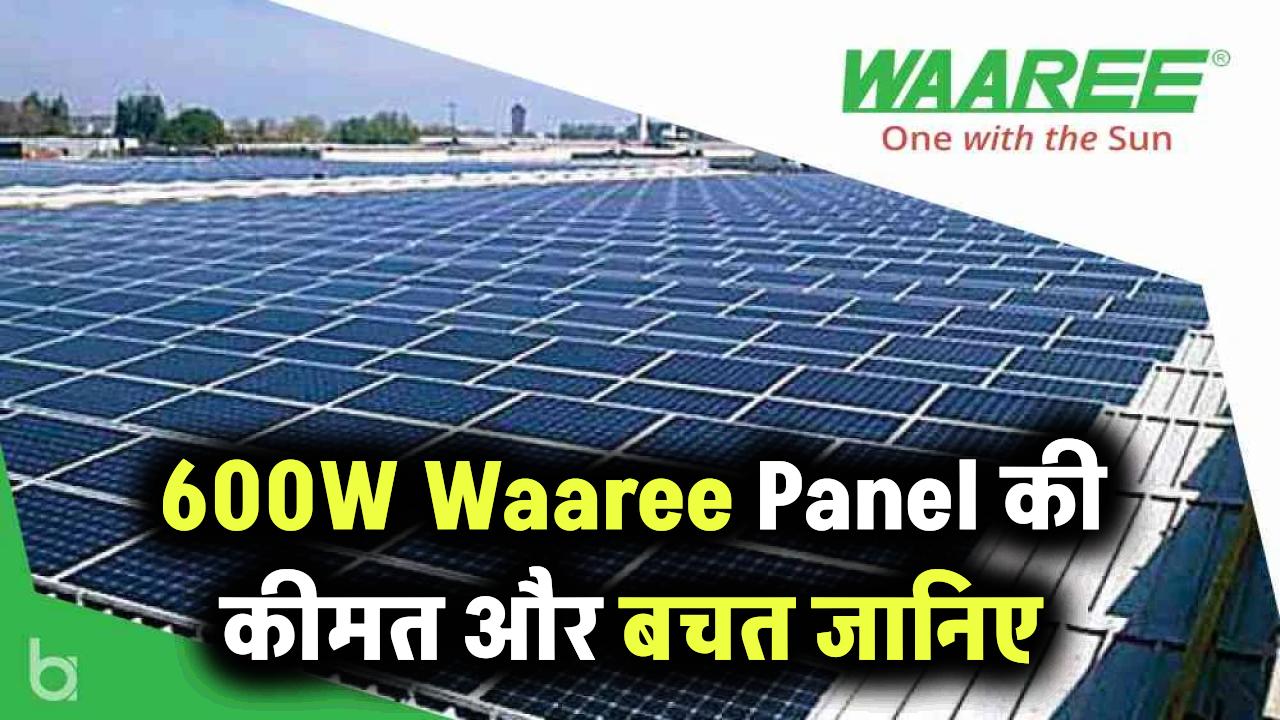
NTPC Green Energy shares witnessed a decline of more than 1% recently, raising eyebrows among investors and analysts alike. While the drop may seem marginal on the surface, the movement reflects deeper undercurrents in the renewable energy market and investor sentiment.
This article takes a closer look at the key reasons behind the dip, what it means for the market, and whether this is a red flag or a routine correction. For retail investors, green energy enthusiasts, and institutional stakeholders, understanding these fluctuations is crucial to making informed decisions.
Also Check: Can You Get Free Solar Panels in the USA? Check If You Qualify for This Government Grant
NTPC Green Energy: A Quick Refresher
NTPC Green Energy Limited (NGEL) is the renewable energy subsidiary of NTPC Limited, India’s largest energy conglomerate. As part of India’s mission to transition toward clean energy, NGEL focuses on solar, wind, and hybrid power projects, aiming to reach 60 GW renewable capacity by 2032.
Backed by NTPC’s deep infrastructure and state support, NGEL made a notable entry into the market and quickly became a favorite among ESG-conscious and institutional investors. However, its recent stock dip has left some wondering what’s behind the drop.
Why Did NTPC Green Energy Shares Decline?
1. Expiry of Shareholder Lock-In Period
One of the primary triggers for the recent decline was the expiry of a three-month lock-in period for early investors and shareholders. On the expiration day, around 183 million shares — approximately 2% of the company’s equity — were released into the market.
This sudden availability of shares increased supply significantly, leading to selling pressure. As a result, share prices dipped as supply outpaced demand in the short term.
“Lock-in expirations often lead to temporary volatility, as early investors seek to exit and cash out profits,” explains a senior analyst at ICICI Securities.
2. Profit Booking by Traders
NTPC Green Energy’s share price had surged to an all-time high of ₹155.30 in December 2024, marking strong early returns for IPO and pre-IPO investors. As prices hovered around ₹136–₹140, many investors saw an opportunity to book profits, especially amid broader market uncertainty.
Profit-taking is a normal part of trading behavior, but when done en masse — particularly after a lock-in expiry — it can push share prices down temporarily.
3. Sector-Wide Global Pressures
The renewable energy sector, while fundamentally strong, is currently facing short-term global headwinds:
- Interest rate hikes in the U.S. and Europe have made funding expensive for capital-heavy infrastructure projects.
- Fluctuating raw material prices (e.g., polysilicon, copper) have increased project costs.
- Slower-than-expected demand in global green energy markets due to economic uncertainty.
These macroeconomic concerns have led to cautious investor sentiment, causing many to pull back slightly from green energy stocks in emerging markets like India.
Recent Share Price Performance
- Past Week: -1.2%
- Past Month: -3.5%
- Since Lock-in Expiry: -9% (including intra-day dip to 52-week low)
Despite this short-term correction, analysts emphasize that the company’s fundamentals remain strong, with a robust pipeline of clean energy projects and government backing.
Also Check: US tariffs, Europe slowdown reshape global solar panels trade
Long-Term Outlook Still Positive
While short-term volatility is common, NTPC Green Energy continues to be seen as a long-term growth bet for the following reasons:
- Strategic Projects: NGEL is working on large-scale solar and green hydrogen projects aligned with India’s net-zero 2070 goal.
- Government Support: As part of India’s national energy roadmap, NGEL benefits from subsidies, incentives, and favorable regulation.
- Strong Parentage: Backed by NTPC’s capital and project execution capabilities.
According to Business Today, several brokerages continue to maintain a Buy rating on NTPC Green Energy with price targets ranging from ₹155 to ₹170.
What Should Investors Do Now?
For retail investors wondering what this means for their portfolios, here are a few actionable insights:
- Don’t panic sell: The decline is tied to short-term events like profit booking and lock-in expiry, not a change in fundamentals.
- Review your entry price: If you bought near the high, you may want to hold and wait for a rebound. If you’re a long-term investor, this could be a good opportunity to average down.
- Watch Q1 FY2026 results: Scheduled for release soon, these results will shed light on recent project execution and revenue generation from solar and wind assets.
Expert Advice
“NTPC Green’s story is still in its early innings. Short-term dips are natural in new-age energy stocks, especially post-lock-in. Investors should track project milestones and government policies rather than just daily price swings,” — Market expert from Motilal Oswal.
Future Prospects and Key Triggers to Watch
- Green Hydrogen Plans
NTPC Green is one of the frontrunners in India’s National Green Hydrogen Mission, and its upcoming projects in Gujarat and Rajasthan could be game-changers. - Global Fund Interest
Sovereign wealth funds and ESG funds are closely watching India’s renewable players. Any new stake acquisition or FII inflow could boost stock sentiment. - Policy Announcements
The next Union Budget and energy policy updates from MNRE (Ministry of New and Renewable Energy) may bring in new incentives for storage, grid integration, and hybrid projects.
(FAQs)
Q1. Why did NTPC Green Energy shares fall over 1% recently?
Primarily due to the expiry of a three-month shareholder lock-in period and profit booking by early investors.
Q2. Is this a signal of long-term weakness?
No. Analysts view the decline as a short-term correction. The company has strong fundamentals and project pipelines.
Q3. What was the IPO price of NTPC Green Energy?
The company went public at ₹90 per share. The current market price remains above the IPO level, offering healthy returns for long-term holders.
Q4. Is NTPC Green Energy a good stock to invest in?
It’s considered a solid long-term play in India’s green energy space, especially for ESG and infrastructure-focused portfolios.
Also Check: 2025 Eco Grants Revealed! Don’t Miss These Government Incentives for a Greener, Cheaper Home








